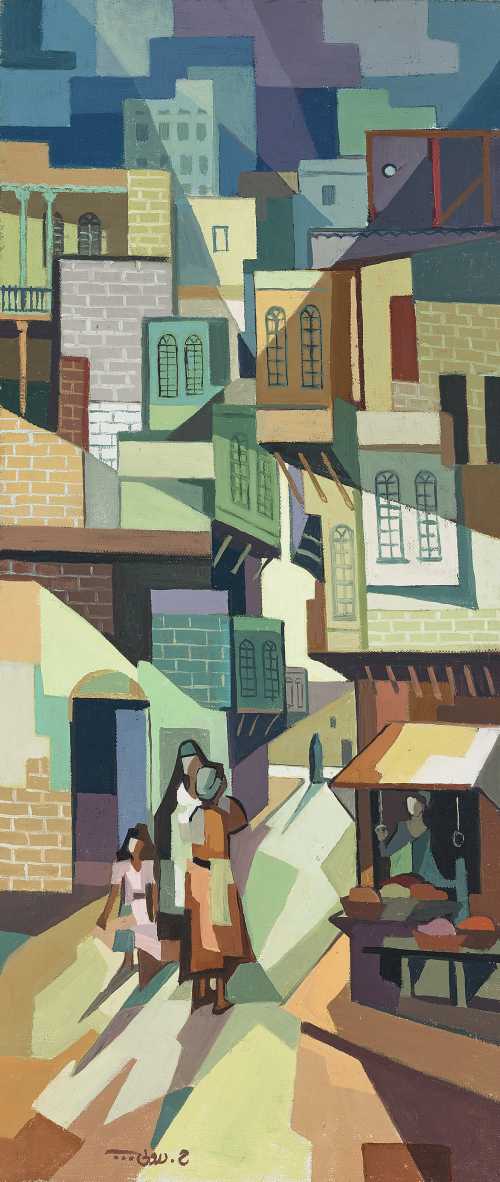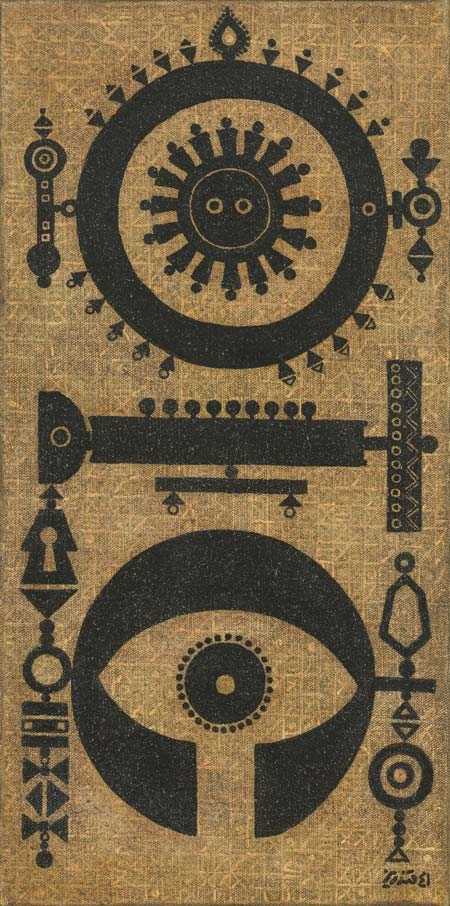- Kadhimain Alley 1963
- Oil on canvas
- Painting
- 35.5 * 81.3 cm
- signed in Arabic (lower left)
The Al-Droubi family have kindly confirmed the authenticity of this work. We would like to thank the Al-Droubi family for their review of their archives.
20 October 2021
Estimation
£12,000
16,579 USD
-
£18,000
24,869 USD
Realized Price
£52,500
72,534 USD
250%
Artwork Description
As one of the first Iraqi artists to study abroad, Hafidh Al-Droubi is noted for his ability to experiment with a varying degree of art historical schools while actively becoming a crucial figure in the field of art education and the growth of modernism in Iraq. Capturing the beauty of everyday life within his paintings, he experimented across modern schools in Cubism, Realism, and Impressionism and practices beyond the boundaries of limitations set by certain styles. Producing a unique rendering across colour and form, the scenes depicted in his works are drawn from the streets, marketplaces, and interiors of Iraq's cities and villages. The present work, Khadimain Alley depicts the suburban area where Al-Kadhimiya Mosque is located.
Al-Droubi began his arts education at the Academia Reale in Rome in 1937 and later at the Goldsmiths College in London. Prior his initial leave from Iraq, he co-founded the Society of the Friends of Art in 1941 alongside Jewad Selim (1921-1960), Faeq Hassan (1914-1991), and Abdul Qadir al Rassam (1882-1952). Upon returning to Iraq after graduating from London in 1950, he integrated himself in the emerging art scene. In 1953, Al-Droubi established the Impressionist Group in correlation with his career as an art educator, a key student being Dia Al-Azzawi. This group greatly followed the thinking of Al-Droubi, by way of his educational agendas in approaching creation with various techniques and stylistic angles, aiming to achieve a mutual outlook towards art training, and developing styles of their own outside of the Impressionist scope.
Al-Droubi began his arts education at the Academia Reale in Rome in 1937 and later at the Goldsmiths College in London. Prior his initial leave from Iraq, he co-founded the Society of the Friends of Art in 1941 alongside Jewad Selim (1921-1960), Faeq Hassan (1914-1991), and Abdul Qadir al Rassam (1882-1952). Upon returning to Iraq after graduating from London in 1950, he integrated himself in the emerging art scene. In 1953, Al-Droubi established the Impressionist Group in correlation with his career as an art educator, a key student being Dia Al-Azzawi. This group greatly followed the thinking of Al-Droubi, by way of his educational agendas in approaching creation with various techniques and stylistic angles, aiming to achieve a mutual outlook towards art training, and developing styles of their own outside of the Impressionist scope.
More lots by Hafidh al-Droubi
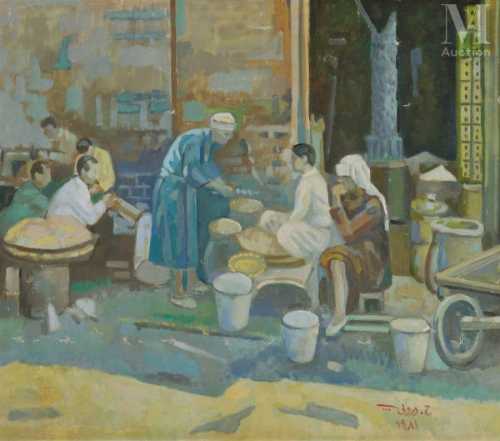
Untitled
Estimation
€12,000
13,069 USD
-
€18,000
19,604 USD
Realized Price
€30,000
32,673 USD
100%
Sale Date
Millon & Associés
-
6 July 2023

Scheherazade
Estimation
£20,000
25,378 USD
-
£30,000
38,067 USD
Realized Price
£25,600
32,484 USD
2.4%
Sale Date
Bonhams
-
5 June 2024
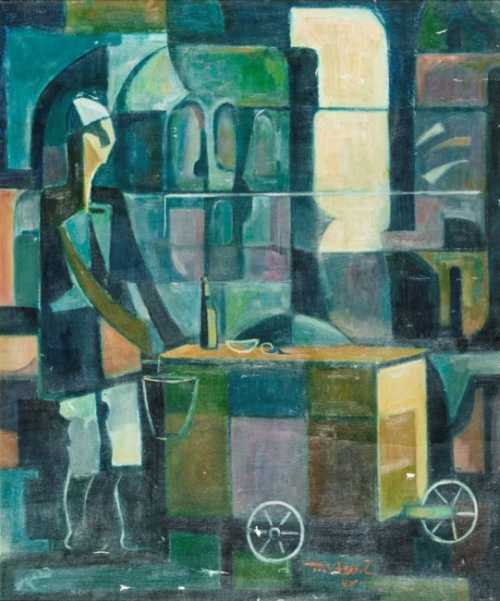
Untitled
Realized Price
32,760 USD
Min Estimate
15,422 USD
Max Estimate
23,087 USD
Average Artwork Worth
+81.287%
Average Growth of Artwork Worth
Sales Performance Against Estimates
Average & Median Sold Lot Value
2021 - 2025
Performance vs. Estimate
2021 - 2025
Sell-through Rate
2021 - 2025
Similar Artworks
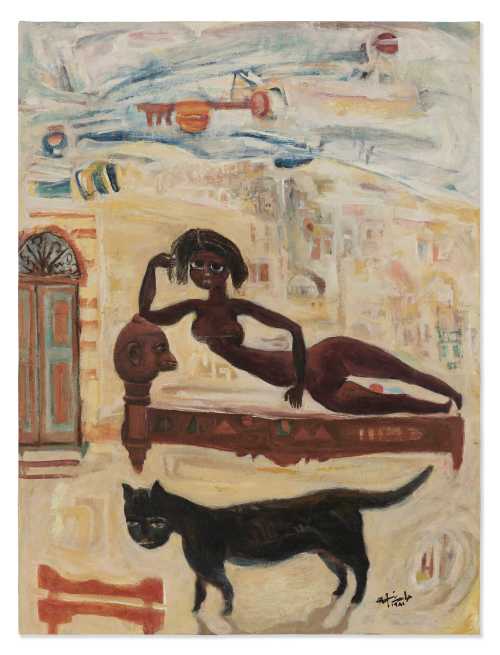
The Key
Estimation
£45,000
58,050 USD
-
£65,000
83,849 USD
Realized Price
£56,700
73,142 USD
3.091%
Sale Date
Christie's
-
31 October 2024
